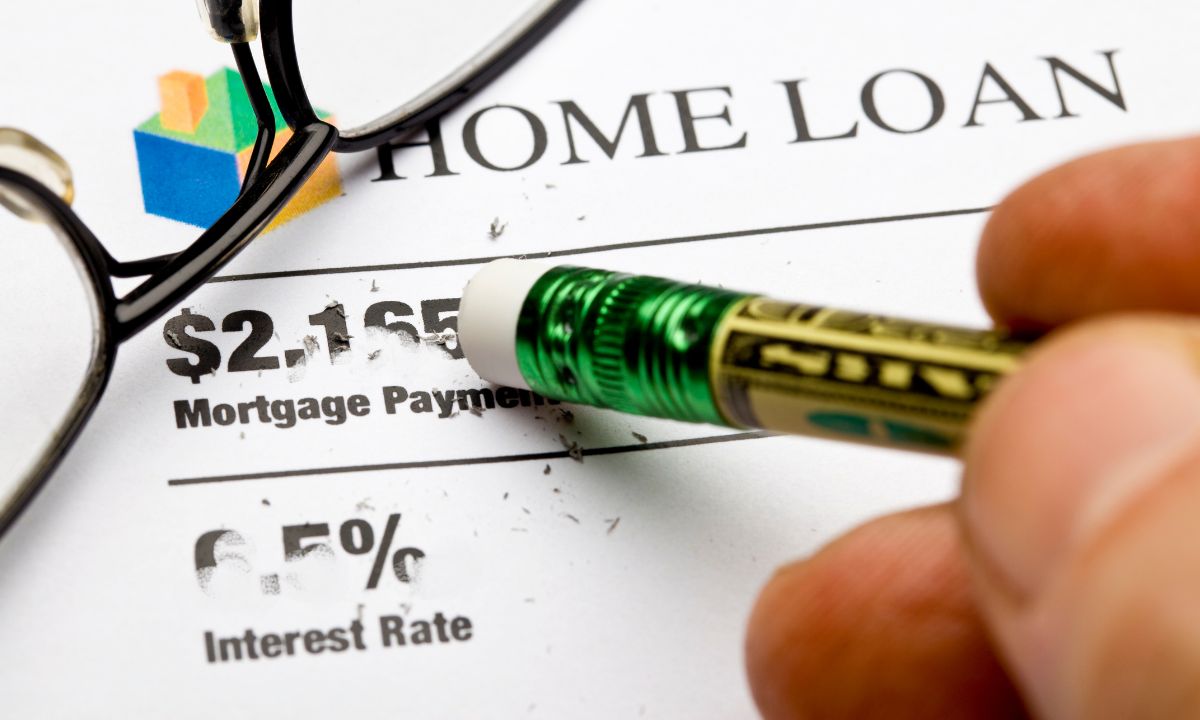Top 10 Strategies to Lower Your Mortgage Payments
 Lowering your monthly mortgage payment can have a positive impact on your financial health, allowing you to allocate more money toward other needs or savings. Whether you’re experiencing financial stress or just want to optimize your budget, exploring ways to reduce your mortgage payment is a smart move. Here are ten strategies that can help you manage and lower your mortgage payments like a pro:
Lowering your monthly mortgage payment can have a positive impact on your financial health, allowing you to allocate more money toward other needs or savings. Whether you’re experiencing financial stress or just want to optimize your budget, exploring ways to reduce your mortgage payment is a smart move. Here are ten strategies that can help you manage and lower your mortgage payments like a pro:
1. Refinance to a Lower Interest Rate
Refinancing your mortgage to a lower interest rate is one of the most effective ways to reduce your monthly payment. If interest rates have dropped since you first secured your mortgage, refinancing could save you hundreds of dollars each month. Be sure to factor in closing costs and fees to determine if refinancing makes financial sense for you.
2. Extend Your Loan Term
Lengthening the term of your mortgage from, say, 15 years to 30 years can lower your monthly payments by spreading out the cost over a longer period. However, keep in mind that this will increase the total interest paid over the life of the loan.
3. Consider a Mortgage Recast
If you’ve recently received a financial windfall, such as a bonus or inheritance, applying it toward your mortgage principal through a mortgage recast can lower your payments. This option doesn’t require refinancing or a new loan but allows you to reduce your balance and, as a result, your monthly payments.
4. Eliminate Private Mortgage Insurance (PMI)
If your down payment was less than 20%, you’re likely paying PMI. Once you’ve built up 20% equity in your home, you can request to have PMI removed, which will lower your mortgage payment immediately. Refinancing may also help eliminate PMI if your home has appreciated.
5. Appeal Your Property Tax Assessment
If you believe your home’s assessed value is too high, you have the right to appeal. Successfully reducing your property tax assessment could lower the amount of property taxes you’re required to pay, and in turn, reduce your overall mortgage payment.
6. Shop for Lower Homeowners Insurance
Your homeowner’s insurance can be bundled with your mortgage payments. By shopping for a better rate on insurance, you could reduce this portion of your payment. Be sure to balance costs with adequate coverage to protect your home and belongings.
7. Rent Out a Portion of Your Home
If you have unused space in your home, consider renting it out to generate additional income. Renting a room, basement, or even a garage apartment can provide a steady income stream to offset your mortgage costs.
8. Make Biweekly Payments
Switching from monthly to biweekly payments can reduce your mortgage faster. By making a half-payment every two weeks, you’ll make an extra full payment each year, which can help reduce your balance and total interest paid over time.
9. Explore Loan Forbearance
If you’re facing temporary financial hardship, forbearance might allow you to pause or reduce your mortgage payments. While this is not a permanent fix, it can provide relief during difficult times. Keep in mind, that you will have to repay the deferred amount later.
10. Pay Extra Toward Principal
If you have financial flexibility, paying extra toward your mortgage principal can lower the amount you owe more quickly. Reducing your principal balance will not only help you pay off the loan faster but can also lower future interest payments.
Lowering your mortgage payment is a smart financial move that can offer you peace of mind and more room in your budget. Whether through refinancing, recasting, or other methods, exploring your options is key to finding what works best for your situation.

 In the world of home financing, mortgage points are a powerful yet often misunderstood tool that can significantly impact your long-term financial outlook. Whether you’re purchasing a home or refinancing, understanding how these points work can help you make more informed decisions that align with your financial goals.
In the world of home financing, mortgage points are a powerful yet often misunderstood tool that can significantly impact your long-term financial outlook. Whether you’re purchasing a home or refinancing, understanding how these points work can help you make more informed decisions that align with your financial goals. As home prices continue to rise, some buyers may struggle to qualify for a mortgage on their own. In these cases, a mortgage cosigner can be a helpful solution. However, whether you’re considering asking someone to cosign or you’re being asked to take on this role, it’s essential to understand the responsibilities involved.
As home prices continue to rise, some buyers may struggle to qualify for a mortgage on their own. In these cases, a mortgage cosigner can be a helpful solution. However, whether you’re considering asking someone to cosign or you’re being asked to take on this role, it’s essential to understand the responsibilities involved. Your home equity represents one of your most valuable assets. When it comes to borrowing against that equity, many homeowners question how much can they borrow. Understanding the amount of equity you can tap into today is essential, especially if you’re considering a home equity loan or line of credit (HELOC) for major expenses like home improvements, debt consolidation, or other financial needs.
Your home equity represents one of your most valuable assets. When it comes to borrowing against that equity, many homeowners question how much can they borrow. Understanding the amount of equity you can tap into today is essential, especially if you’re considering a home equity loan or line of credit (HELOC) for major expenses like home improvements, debt consolidation, or other financial needs. As a homeowner or prospective buyer, understanding the intricacies of mortgage management can save you time, stress, and potentially thousands of dollars. Two key concepts that often confuse borrowers are mortgage prepayment and mortgage payoff. While both strategies can reduce the overall interest paid and shorten the loan term, they function differently. Let’s break down what each term means and how they can affect your mortgage journey.
As a homeowner or prospective buyer, understanding the intricacies of mortgage management can save you time, stress, and potentially thousands of dollars. Two key concepts that often confuse borrowers are mortgage prepayment and mortgage payoff. While both strategies can reduce the overall interest paid and shorten the loan term, they function differently. Let’s break down what each term means and how they can affect your mortgage journey.